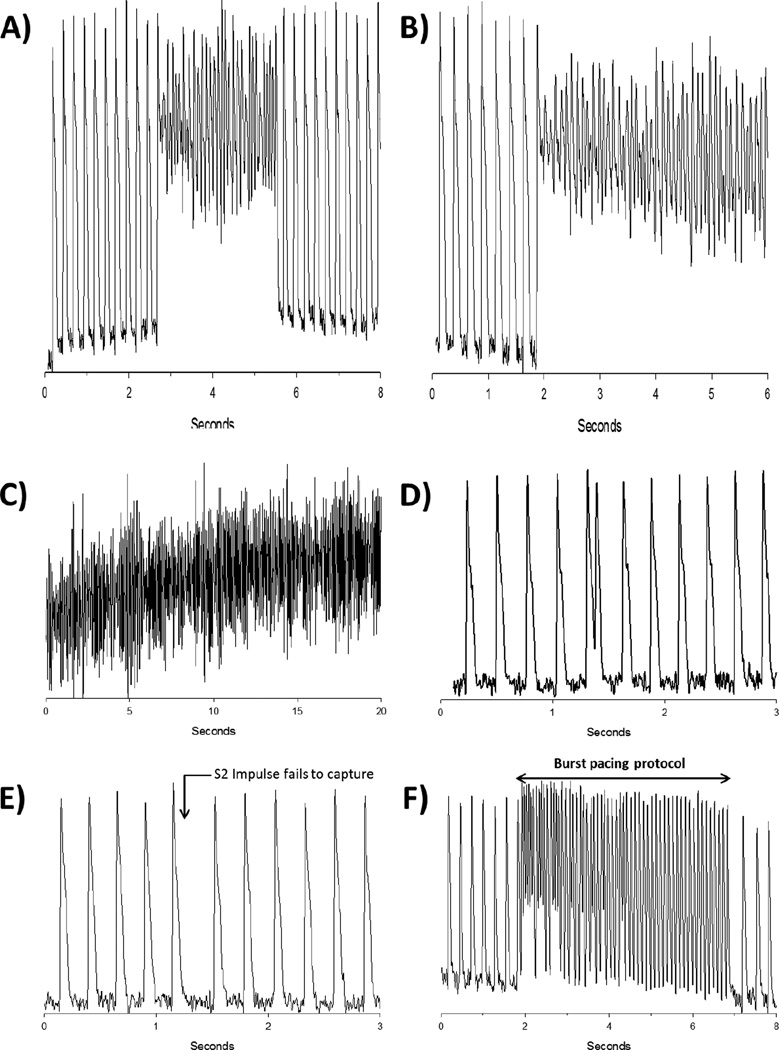Figure 2. Relaxin treatment (RLX) significantly decreases AF inducibility in aged rats.
A: Representative action potential (AP) tracing in an aged rat. A premature pulse (S1–S2 interval 45 ms) elicits a transient episode of AF. B/C: When a shorter S1–S2 interval of 40 ms is delivered, sustained AF is induced. D: Representative AP tracing in an RLX treated aged rat. A premature pulse (S1–S2 interval 45 ms) is longer than the refractory period and captures. E: When an S1–S2 impulse which is shorter than the refractory period is delivered, no capture occurs. F: Burst pacing was unable to elicit AF in RLX treated aged rats.

